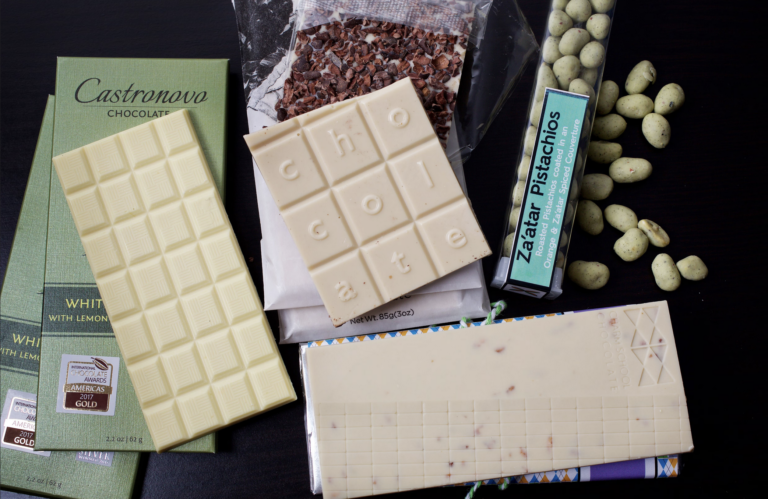
Best White Chocolate in the World
This article explores the origins and history of chocolate, tracing cacao’s use and cultural significance among ancient Mesoamerican civilizations like the Maya and Aztec. It
News > Crafting Taste: The Terroir Influence in Artisanal Chocolate
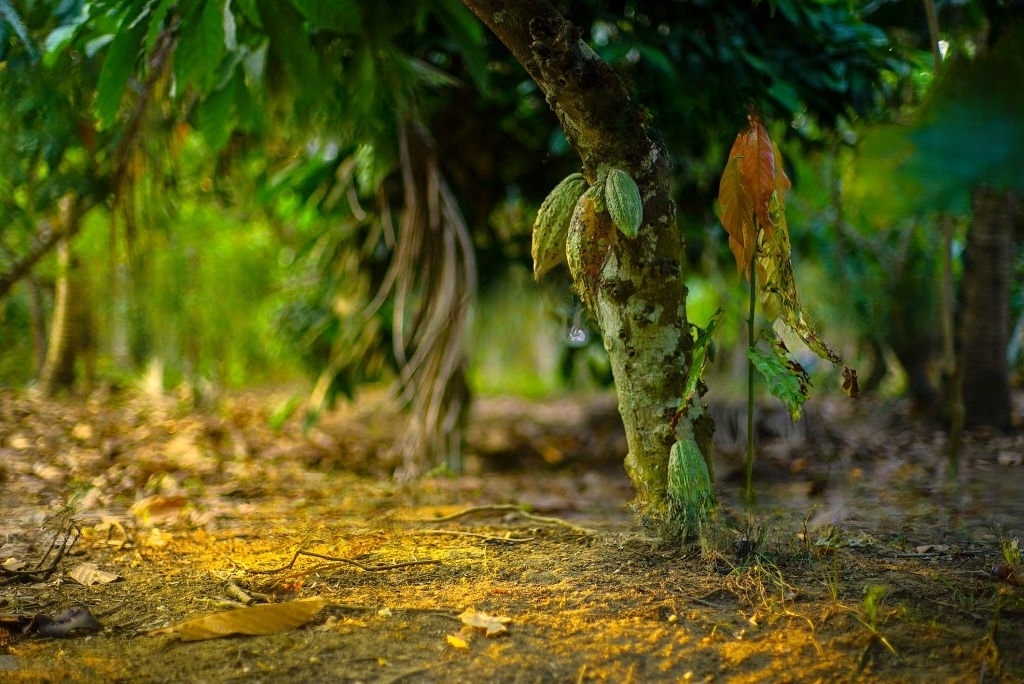
Did you know that the same cacao beans grown in different regions can yield vastly different flavors in chocolate? This phenomenon, known as terroir, is a concept often discussed among wine enthusiasts but is equally relevant to the world of craft chocolate. Terroir encompasses a myriad of factors, from soil composition and climate to altitude and local flora, all of which shape the distinct taste profiles of chocolates from different regions. As craft chocolate continues to gain momentum in the food industry, understanding and appreciating terroir is essential for both chocolate connoisseurs and casual enthusiasts alike.
Just as oenophiles take pleasure in discerning the subtle nuances that characterize wines from various terroirs, chocolate aficionados can embark on a flavorful journey to uncover the impact of geography on their favorite treat. In this article, we will delve into the fascinating world of terroir-driven craft chocolate, exploring how geography and artistry converge to create unique taste experiences. From the fundamental principles of terroir to the chocolate makers who skillfully harness its potential, our exploration will reveal how terroir is shaping the future of craft chocolate and redefining our appreciation of this beloved indulgence.
Terroir, a term borrowed from the French, is often translated as “a sense of place.” It encompasses the unique combination of environmental factors that contribute to the distinct characteristics of agricultural products, such as wine or chocolate. In essence, terroir provides a snapshot of the intricate dance between nature and nurture, offering a lens through which we can appreciate the subtleties of flavor that arise from a specific locale.
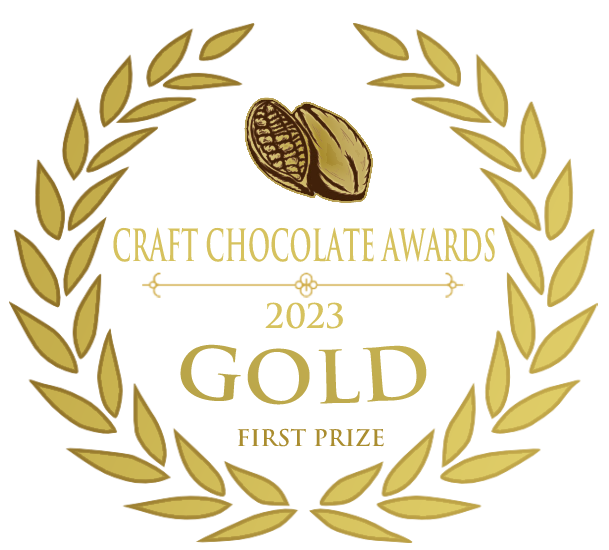
From Icelandic dark chocolate bars with hints of juniper to ginger dark chocolate with brown sugar from Taiwan and everything inbetween, our awards recognize the best chocolate in the world. See the winners +
To fully grasp the concept of terroir, it is crucial to examine the individual factors that contribute to its existence. These elements, often referred to as the four pillars of terroir, are as follows:
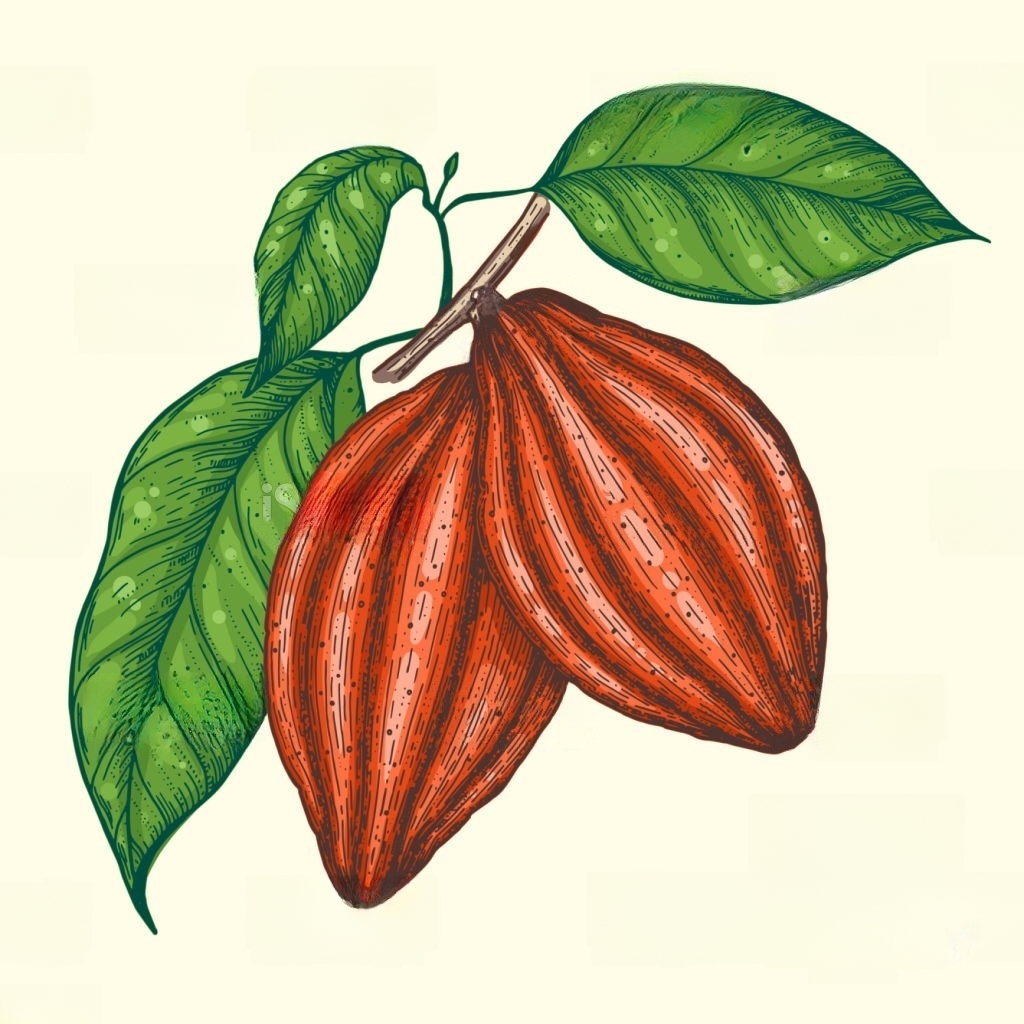
Though the concept of terroir has long been associated with the wine industry, it is no less relevant to the realm of craft chocolate. Just as wine lovers relish the opportunity to detect the subtle differences between wines from various regions, craft chocolate enthusiasts can embark on a sensory journey to uncover the geographical influences that shape their favorite indulgence.
As the craft chocolate movement continues to flourish, a deeper appreciation of terroir allows consumers to engage with chocolate on a more profound level. By understanding the intricate dance between nature and nurture that gives rise to the diverse flavors of cacao, we can forge a more meaningful connection with the chocolates we savor and the artisans who craft them.
In the realm of craft chocolate, terroir’s influence extends beyond geographical factors to encompass the unique characteristics of cacao varieties themselves. There are three primary cacao varieties—Criollo, Trinitario, and Forastero—each of which possesses a distinct flavor profile influenced by its genetic makeup and the terroir of the region in which it is cultivated.
As we venture further into the world of terroir-driven craft chocolate, it becomes apparent that the relationship between cacao varieties and geography is a complex and dynamic one. The interplay of genetics and environmental factors gives rise to a kaleidoscope of flavors, textures, and aromas, offering a seemingly endless array of possibilities for chocolate makers and connoisseurs alike. By recognizing and celebrating the unique characteristics of each cacao variety and the terroir that shapes it, we can deepen our appreciation for the art and craftsmanship that goes into every delectable bite of craft chocolate.
The relationship between terroir and cacao varieties is a multifaceted one, with each region imparting its own unique flavors and characteristics to the chocolate produced there. Let’s embark on a flavorful journey across the globe, exploring some of the most renowned cacao-growing regions and the distinct terroirs that define their craft chocolate offerings.
By exploring the diverse terroirs of these cacao-growing regions, we gain a deeper understanding and appreciation for the myriad flavors and textures that craft chocolate can offer. As we savor the distinctive taste experiences that each region imparts, we are reminded of the power of terroir to transport us across the globe, connecting us to the landscapes, cultures, and communities that shape the world of craft chocolate.

From Icelandic dark chocolate bars with hints of juniper to ginger dark chocolate with brown sugar from Taiwan and everything inbetween, our awards recognize the best chocolate in the world. See the winners +
While the geographical and environmental factors that comprise terroir are undoubtedly crucial in shaping the flavors of craft chocolate, the role of the artisan chocolate maker should not be overlooked. These skilled craftsmen and women play a pivotal role in harnessing the potential of terroir, transforming raw cacao beans into delectable confections that celebrate the unique characteristics of each region.
Craft chocolate makers who emphasize terroir in their creations take great care in selecting beans that best represent the flavors and nuances of a particular region. By forging relationships with small-scale farmers and cooperatives, these artisans can ensure that their cacao beans are cultivated and harvested under optimal conditions, preserving the distinct qualities that each terroir has to offer.
The chocolate-making process itself is a delicate balance of art and science, as artisans work to coax the flavors and textures of each terroir-driven bean to the forefront. From the fermentation and drying of cacao beans to the precise roasting and conching techniques employed, each step of the chocolate-making process is carefully calibrated to showcase the unique attributes of the terroir.
In addition to their mastery of traditional chocolate-making techniques, many terroir-focused artisans are also embracing innovative methods and approaches. For example, some chocolate makers are experimenting with new fermentation techniques or incorporating unconventional ingredients to enhance or complement the flavors of their terroir-driven beans. These boundary-pushing artisans are not only paying homage to the time-honored traditions of chocolate-making but are also charting new territory in the realm of terroir-driven craft chocolate.
To better understand the artistry behind terroir-driven craft chocolate, we spoke with several leading chocolate makers who prioritize terroir in their creations. These artisans shared their insights and inspirations, offering a glimpse into the dedication, passion, and craftsmanship that goes into every terroir-driven chocolate bar.
Ultimately, the art of terroir-driven craft chocolate is a dynamic and evolving one, as artisans continually strive to uncover new flavors, techniques, and approaches that celebrate the unique characteristics of each cacao-growing region. As we savor the fruits of their labor, we are not only indulging in a delicious treat but are also embarking on a sensory journey that transports us to the heart of the terroir itself.
As we delve into the world of terroir-driven craft chocolate, it’s impossible to ignore the broader implications of this movement for the chocolate industry and the environment. As consumers become increasingly aware of the unique flavors and nuances that terroir imparts to chocolate, there is a growing call for sustainable and responsible practices that preserve and enhance these distinctive characteristics. By embracing sustainability, the craft chocolate industry can not only ensure the future of terroir-driven chocolate but also promote a more conscientious and environmentally-friendly approach to food production.
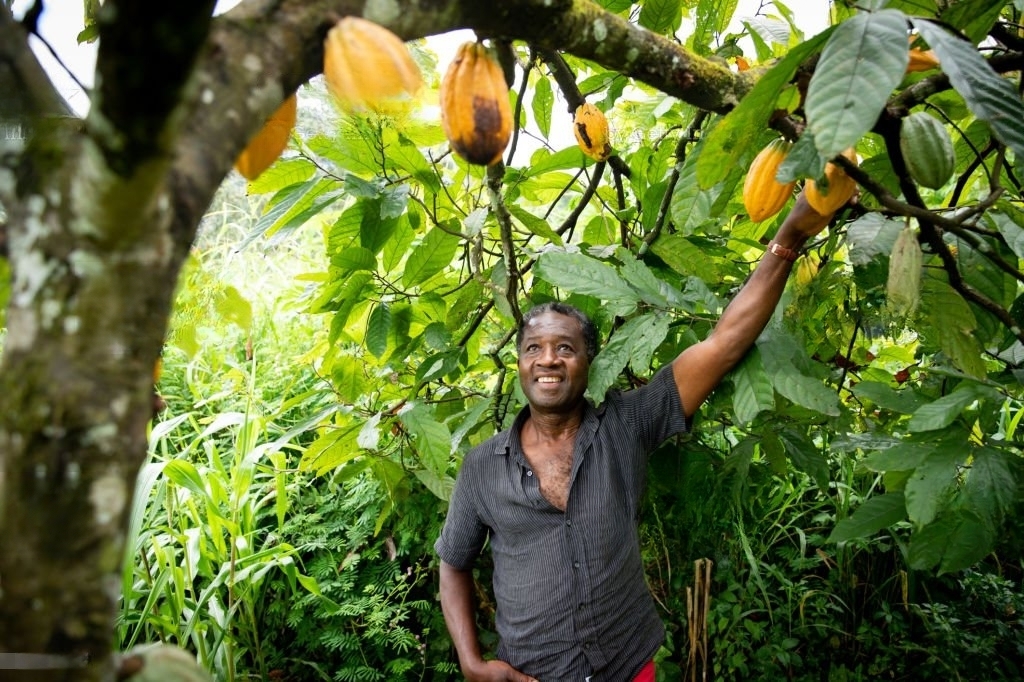
In conclusion, the terroir-driven craft chocolate movement is not only a celebration of flavor and artistry; it is also a powerful force for change within the chocolate industry and beyond. By championing sustainability, ethical sourcing, and environmental stewardship, the craft chocolate industry can help to ensure the future of terroir-driven chocolate and promote a more responsible and conscientious approach to food production and consumption.
With a deeper understanding of the role terroir plays in shaping the flavors and nuances of craft chocolate, you may find yourself eager to embark on your own sensory journey. To help you fully appreciate the complexities and subtleties of terroir-driven craft chocolate, we’ve compiled a few tips and guidelines for a mindful and immersive tasting experience.
In the realm of terroir-driven craft chocolate, every bite is an invitation to embark on a sensory journey that transcends geographical boundaries and transports us to the heart of the cacao-growing regions. As we explore the diverse flavors, textures, and nuances that terroir imparts to chocolate, we not only deepen our appreciation for this beloved indulgence but also engage in a broader conversation about sustainability, cultural exchange, and the power of food to connect us all.
The terroir-driven craft chocolate movement offers a compelling reminder of the beauty and complexity of our world, as well as the importance of preserving and celebrating the unique characteristics that define each terroir. By embracing this movement, we not only indulge in a delicious sensory experience but also contribute to a more sustainable, responsible, and interconnected global community.
So go ahead, take a bite, and let your taste buds guide you on a journey of discovery through the world of terroir-driven craft chocolate. You may just find that the flavors you encounter along the way have the power to change not only your palate but also your perspective on the world around you.

This article explores the origins and history of chocolate, tracing cacao’s use and cultural significance among ancient Mesoamerican civilizations like the Maya and Aztec. It
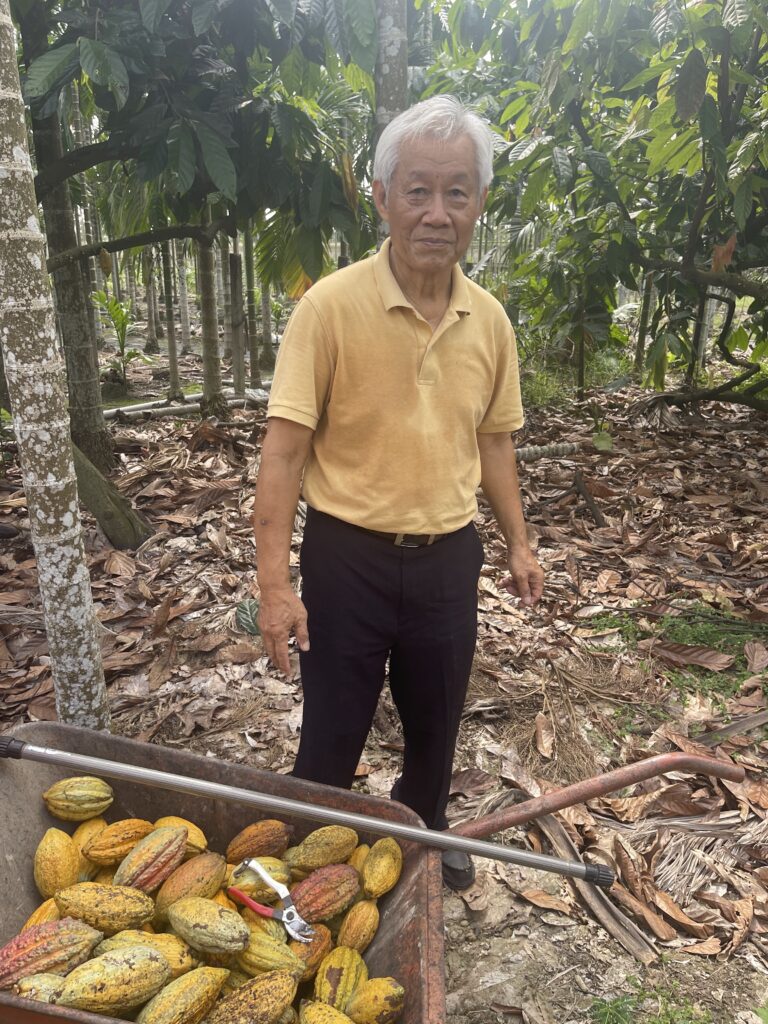
Embark on a journey through Taiwan’s lush Pingtung County, where 77-year-old Mr. Chou pioneers small-scale cacao farming, and award-winning chocolatier Jade Li transforms each harvest
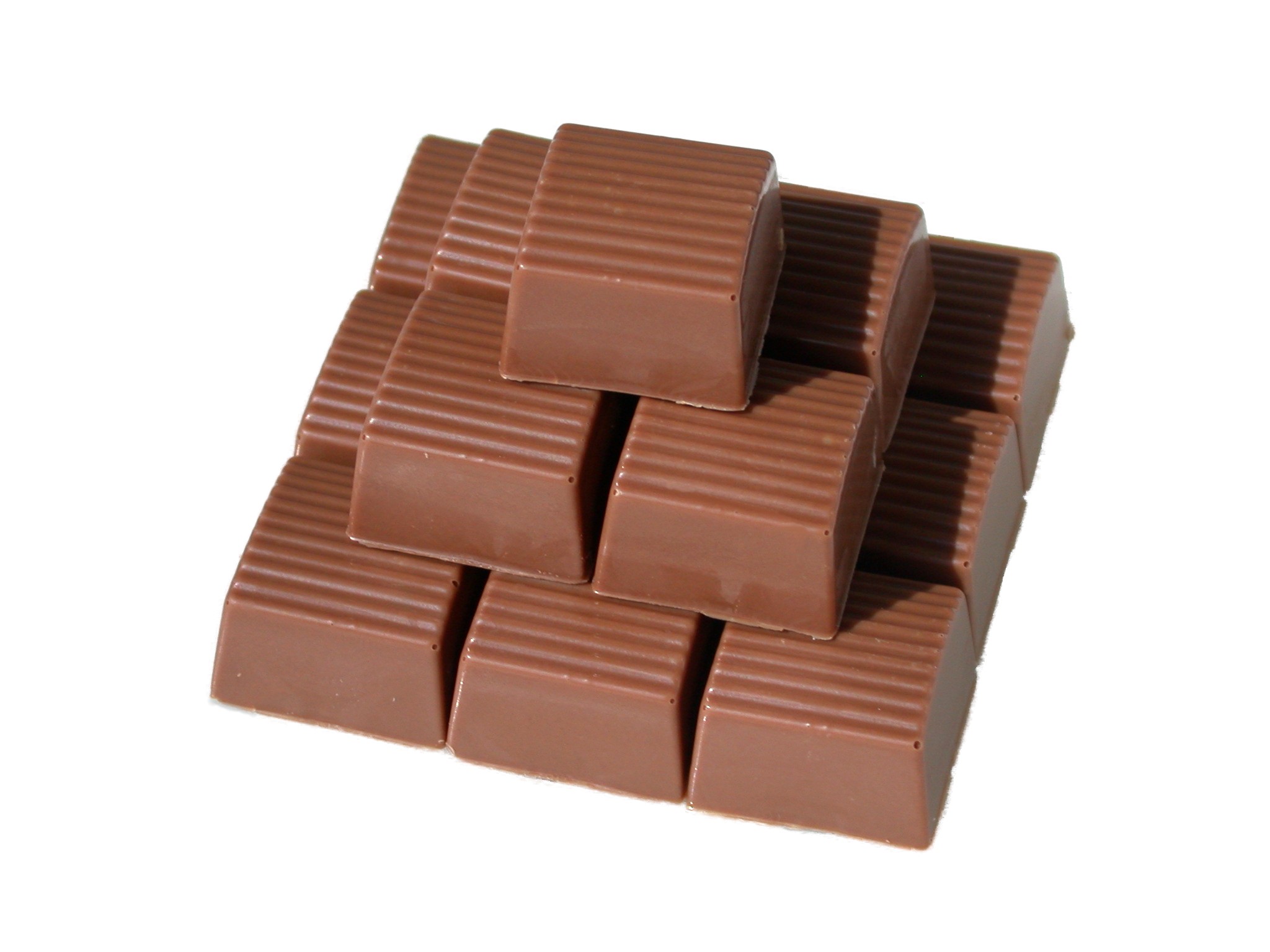
Explore the delicious evolution of the best-selling chocolate bar, indulging in a rich history of flavor innovation and timeless satisfaction. Join us on a sweet journey through the irresistible transformation of the chocolate bar.
Keep up-to-date on upcoming chocolate awards